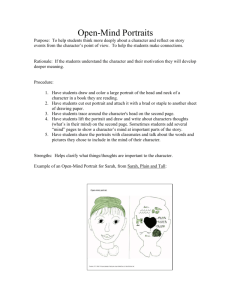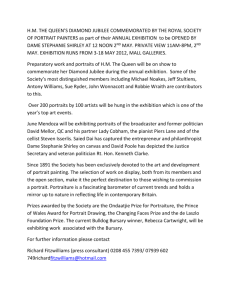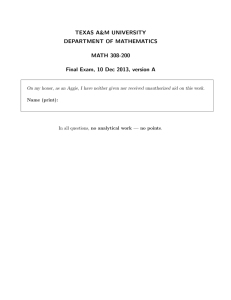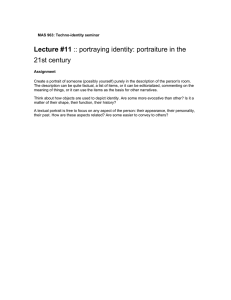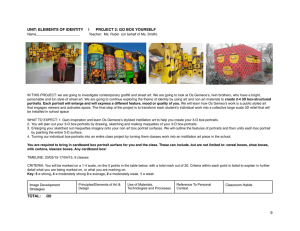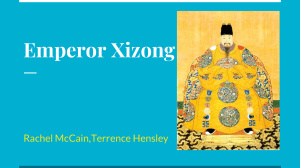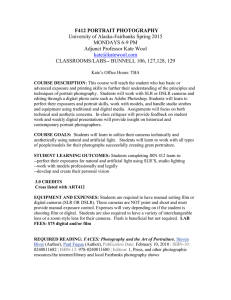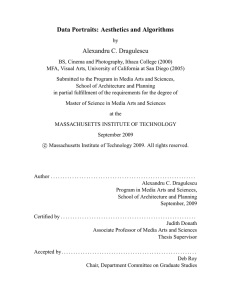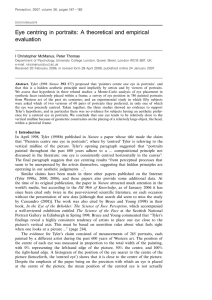data portraits
advertisement
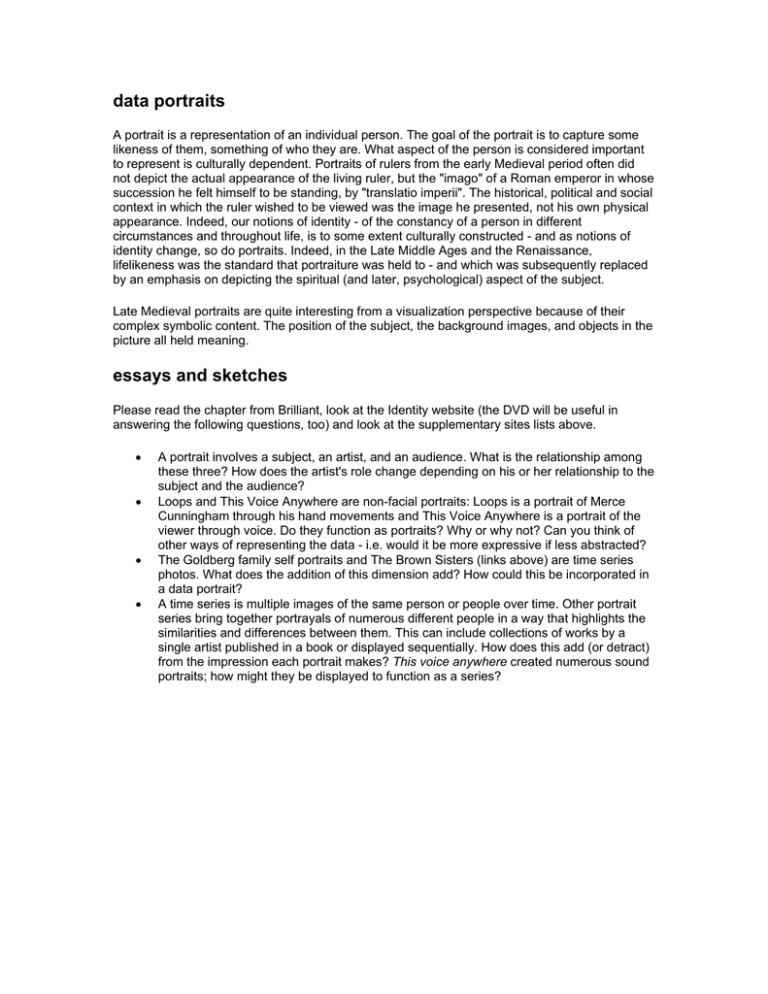
data portraits A portrait is a representation of an individual person. The goal of the portrait is to capture some likeness of them, something of who they are. What aspect of the person is considered important to represent is culturally dependent. Portraits of rulers from the early Medieval period often did not depict the actual appearance of the living ruler, but the "imago" of a Roman emperor in whose succession he felt himself to be standing, by "translatio imperii". The historical, political and social context in which the ruler wished to be viewed was the image he presented, not his own physical appearance. Indeed, our notions of identity - of the constancy of a person in different circumstances and throughout life, is to some extent culturally constructed - and as notions of identity change, so do portraits. Indeed, in the Late Middle Ages and the Renaissance, lifelikeness was the standard that portraiture was held to - and which was subsequently replaced by an emphasis on depicting the spiritual (and later, psychological) aspect of the subject. Late Medieval portraits are quite interesting from a visualization perspective because of their complex symbolic content. The position of the subject, the background images, and objects in the picture all held meaning. essays and sketches Please read the chapter from Brilliant, look at the Identity website (the DVD will be useful in answering the following questions, too) and look at the supplementary sites lists above. • • • • A portrait involves a subject, an artist, and an audience. What is the relationship among these three? How does the artist's role change depending on his or her relationship to the subject and the audience? Loops and This Voice Anywhere are non-facial portraits: Loops is a portrait of Merce Cunningham through his hand movements and This Voice Anywhere is a portrait of the viewer through voice. Do they function as portraits? Why or why not? Can you think of other ways of representing the data - i.e. would it be more expressive if less abstracted? The Goldberg family self portraits and The Brown Sisters (links above) are time series photos. What does the addition of this dimension add? How could this be incorporated in a data portrait? A time series is multiple images of the same person or people over time. Other portrait series bring together portrayals of numerous different people in a way that highlights the similarities and differences between them. This can include collections of works by a single artist published in a book or displayed sequentially. How does this add (or detract) from the impression each portrait makes? This voice anywhere created numerous sound portraits; how might they be displayed to function as a series?
